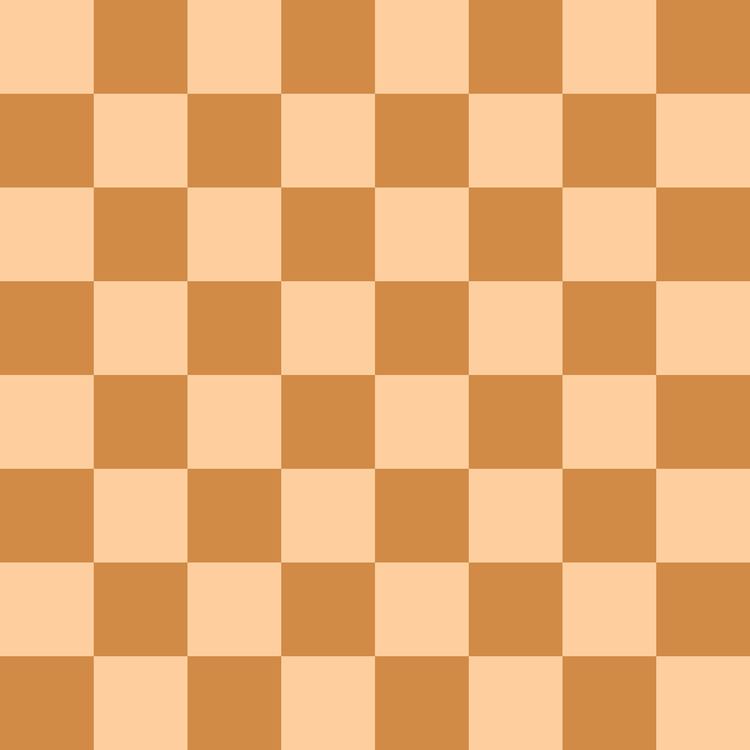The Trompowsky Attack is a chess opening that begins with the moves:
1. d4 Nf62. Bg5
With his second move, White intends to exchange his bishop for Black's knight, inflicting doubled pawns upon Black in the process. This is not a lethal threat; Black can choose to fall in with White's plan.
The Trompowsky is a popular alternative to the more common lines after 1.d4 Nf6 beginning 2.c4 or 2.Nf3. By playing 2.Bg5, White sidesteps immense bodies of opening theory of various Indian Defences like the Queen's Indian, King's Indian, Nimzo-Indian, as well as the Grünfeld Defence.
The opening is named after the one-time Brazilian champion Octávio Trompowsky (1897–1984) who played it in the 1930s and 1940s. The Trompowsky has also been called The Zot.
Julian Hodgson and Antoaneta Stefanova are among several grandmasters who often employ the Trompowsky. World Champion Magnus Carlsen has occasionally employed the Trompowsky, notably in the first game of the 2016 World Chess Championship against Sergey Karjakin.
Main lines
Black has a number of ways to meet the Trompowsky, some of which avoid doubled pawns, while others allow them. The most common Black responses are discussed here.
2... Ne4 is the most common reply. Although Black violates an opening principle ("Don't move the same piece twice in the opening"), his move attacks White's bishop, forcing it to either move again or be defended.3. h4 (Raptor Variation) defends the bishop, and Black should avoid 3...Nxg5? since that will open up a file for the White rook. Instead Black can start making a grab for the centre and kick the White bishop away with a timely ...h6 advance.Usually, White retreats with 3. Bf4 or 3. Bh4. In this case, Black will try to maintain his knight on e4, or at least gain a concession before retreating it. (For instance, if White chases the knight away with f3, he will have taken away the best development square from his own knight.)3. Nf3? is rarely seen except among amateurs; after 3... Nxg5 4. Nxg5 e5! Black regains the lost time by the discovered attack on the knight; White's center is liquidated and he has no compensation for the bishop pair.2... e6 also avoids doubled pawns since the queen can recapture if White plays Bxf6. The move 2...e6 also opens a diagonal for the Black king's bishop to develop. On the other hand, the knight is now pinned, and this can be annoying.2... d5 makes a grab for the centre, allowing White to inflict the doubled pawns. If White does so, Black will try to show that his pair of bishops is valuable, and that White has wasted time by moving his bishop twice in order to trade it off. Black usually recaptures away from the center with 3...exf6, preserving a defensible pawn structure and opening diagonals for the queen and dark-squared bishop, however 3...gxf6 (played by Sergey Karjakin against Magnus Carlsen in the opening game of the 2016 World Chess Championship) is also common. Alternatively, White can transpose into the Richter-Veresov Attack with 3.Nc3 or the Tartakower Variation of the Torre Attack with 3.Nf3.2... c5 also makes a grab for the centre, planning to trade off the c-pawn for White's d-pawn. Again, White can inflict doubled pawns, and again Black will try to make use of his bishop pair.2... g6 is another line, practically begging White to inflict the doubled pawns. Black's development is slightly slower than in the two lines previously mentioned. Black is intending to fianchetto his dark-squared bishop which is unopposed by a White counterpart, and will try to prove that this is more important than the doubled pawn weakness.2... c6 is an offbeat line in which Black intends ...Qb6, forcing White to defend or sacrifice his b-pawn. White can play the thematic 3. Bxf6 or 3. Nf3, but must avoid 3. e3?? Qa5+, when White resigned (in light of 4...Qxg5) in Djordjević vs. Kovačević, Bela Crkva 1984—"the shortest ever loss by a master" (Graham Burgess, The Quickest Chess Victories of All Time, p. 33).White can also play 2. Bg5 after 1. d4 d5. This is known as the Pseudo-Trompowsky, Hodgson Attack, Levitsky Attack, Queen's Bishop Attack, and Bishop Attack, and is covered in ECO code D00. Play can transpose to the Trompowsky if Black plays 2...Nf6.

